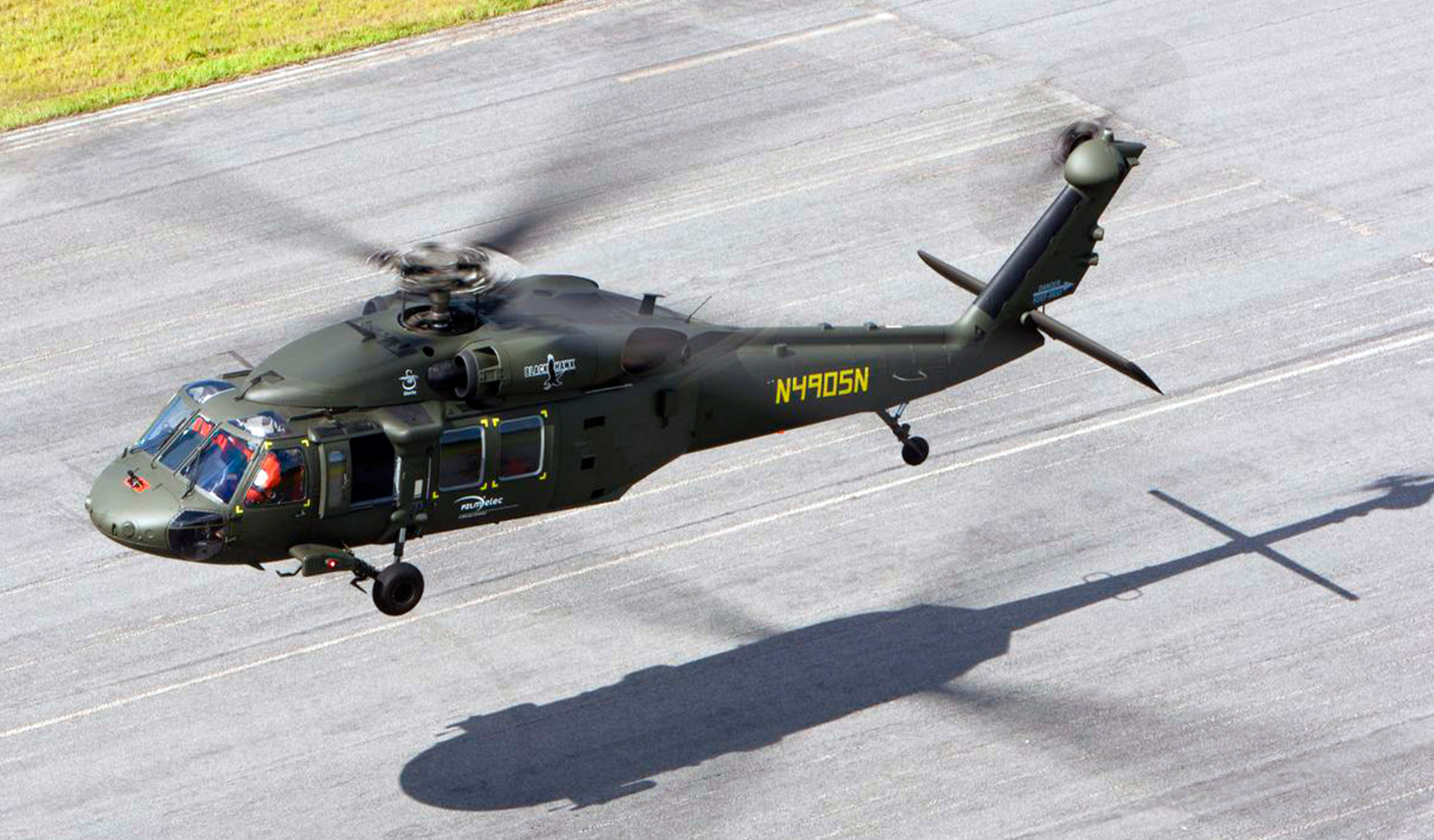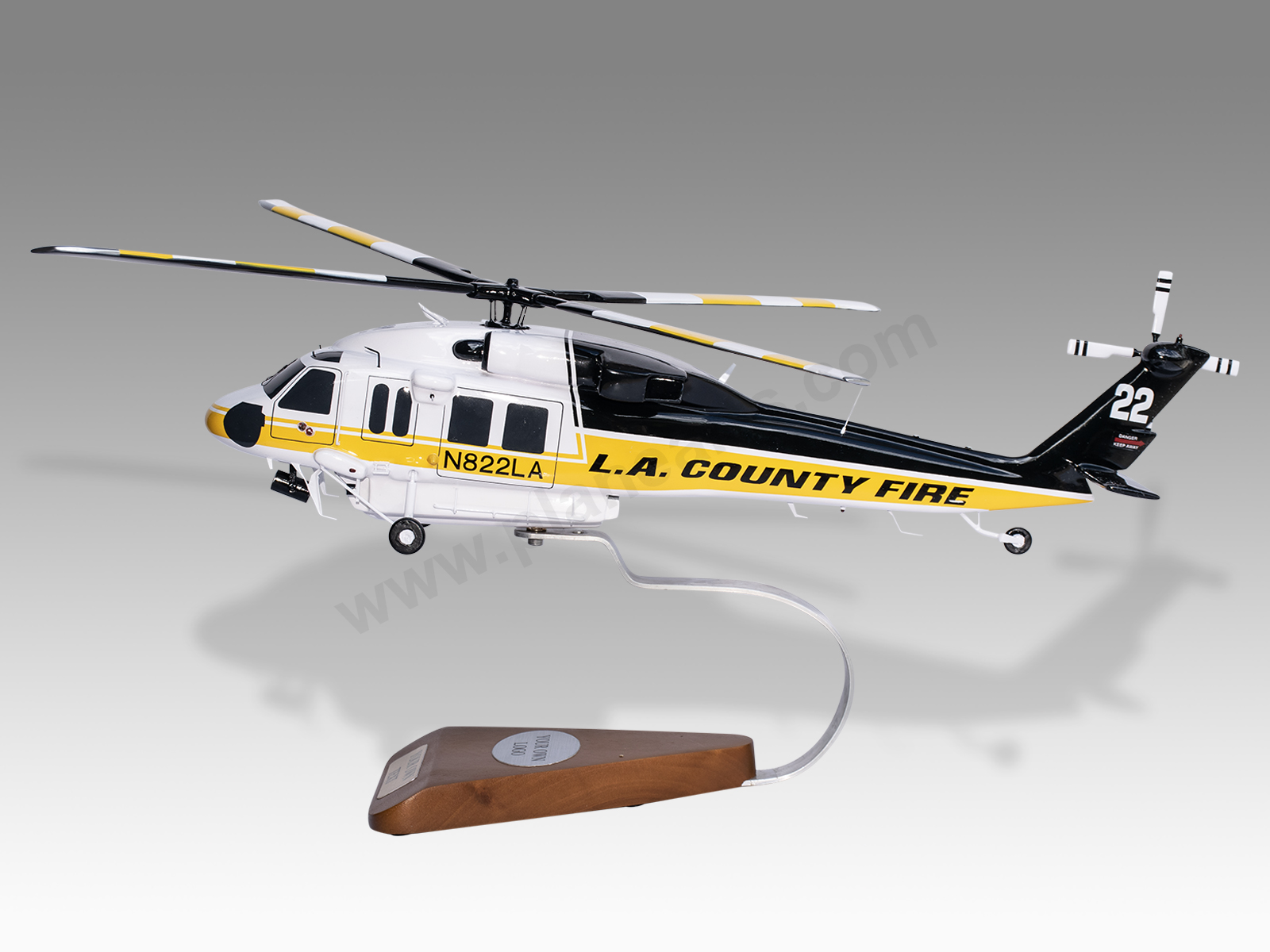How the Sikorsky S 70 Stands Apart in the Helicopter Industry
How the Sikorsky S 70 Stands Apart in the Helicopter Industry
Blog Article
High-Performance Multi-Role Rotorcraft Featuring Advanced Cabin Technologies and Integrated Sensing Unit Systems
The world of rotorcraft innovation has seen significant improvements in recent times, particularly in the world of high-performance multi-role rotorcraft geared up with sophisticated cockpit innovations and perfectly incorporated sensing unit systems. These technologies have not just augmented the operational abilities of rotorcraft but have actually additionally significantly influenced contemporary aviation procedures on numerous fronts. From boosted mission flexibility to improved functional effectiveness, the merging of sophisticated cockpit technologies and integrated sensing unit systems has introduced a new age of possibilities for rotorcraft applications. In the complying with discussion, we will certainly discover the evolution of rotorcraft modern technology, dive into the realm of sophisticated cabin technologies, and check out the ramifications of incorporated sensing unit systems on the operational flexibility and effectiveness of modern rotorcraft.
Advancement of Rotorcraft Technology
The development of rotorcraft technology has actually been noted by considerable improvements in the rules of aerodynamics, products, and propulsion systems, shaping the capabilities and performance of modern-day rotorcraft. In addition, improvements in propulsion systems, consisting of more powerful engines and innovative propulsion technologies, have actually enabled rotorcraft to achieve higher altitudes, faster speeds, and better hauls.
These developments have not just transformed the abilities of rotorcraft however have actually likewise broadened their applications throughout different markets, consisting of military, business, and emergency situation solutions. The continuous evolution of rotorcraft modern technology proceeds to drive advancement in the field, pressing the boundaries of what is feasible and shaping the future of upright flight.
Advanced Cabin Innovations
Structure upon the fundamental advancements in the rules of aerodynamics, materials, and propulsion systems, the realm of rotorcraft modern technology now shifts emphasis towards introducing Advanced Cockpit Innovations. The integration of innovative technologies within the cabin setting plays a critical role in boosting the operational abilities, security, and performance of contemporary rotorcraft. sikorsky s 70. Advanced Cockpit Innovations incorporate a vast variety of attributes designed to offer pilots with enhanced situational understanding, streamlined data monitoring, and intuitive control user interfaces
One of the key advancements in cockpit design is the implementation of glass cockpits, which replace conventional analog evaluates with high-resolution display screens. These electronic systems provide adjustable layouts, real-time information integration, and boosted readability, making it possible for pilots to access critical details at a glimpse. In addition, advanced avionics systems, such as fly-by-wire controls and augmented fact displays, are revolutionizing just how pilots connect with the airplane, permitting accurate control and improved decision-making abilities.


Incorporating innovative cockpit innovations not just enhances pilot efficiency yet also adds to general mission efficiency and security in complicated operational settings. By leveraging state-of-the-art innovations within the cockpit, rotorcraft producers are establishing new criteria for operational excellence and mission success.
Integrated Sensing Unit Equipments
With the evolution of rotorcraft modern technology, the assimilation of advanced Integrated Sensing unit Systems has ended up being paramount in boosting operational performance and safety and security. These Integrated Sensing unit Equipments encompass a vast range of innovations that supply critical information for different features such as navigating, surveillance, targeting, and environmental surveillance. By perfectly incorporating sensors go now like radars, cameras, lidar, and infrared systems into rotorcraft, drivers can profit from improved situational understanding, enhanced objective capacities, and lowered pilot workload.
One trick benefit of Integrated Sensor Solutions is their ability to collect real-time information and supply actionable insights to pilots and goal drivers. For instance, advanced radar systems can identify and track targets over fars away, enabling very early danger discovery and reliable response preparation. In addition, incorporating infrared and electro-optical cams enables rotorcraft to carry out reconnaissance and monitoring objectives with precision and precision.
Fundamentally, the assimilation of innovative sensing unit modern technologies into rotorcraft not only improves operational effectiveness yet likewise adds dramatically to total objective success and staff safety and security. As rotorcraft continue to progress, the role of Integrated Sensing unit Solution will unquestionably stay at the leading edge of development in the aerospace industry.
Functional Flexibility and Performance
Enhancing functional convenience and performance in rotorcraft is a natural development from the combination of sophisticated Integrated Sensing unit Equipments. By leveraging the data and understandings given by these innovative sensing unit systems, rotorcraft can maximize their efficiency throughout numerous missions and settings.
Operational flexibility encompasses the capability of rotorcraft to adjust to various functions and situations efficiently. With sophisticated cabin innovations and incorporated sensing unit systems, rotorcraft can seamlessly transition in between tasks such as search and rescue, medical discharge, monitoring, and extra. This versatility boosts the rotorcraft's capability to fulfill varied operational requirements without needing considerable reconfiguration.
Efficiency in rotorcraft procedures is essential for maximizing goal performance and source utilization. Integrated sensor systems play an essential duty in enhancing operational efficiency by supplying real-time data on weather, surface mapping, target tracking, and much more. This information makes it possible for pilots to make informed choices promptly, optimize flight navigate here paths, conserve gas, and boost overall objective efficiency.
Influence on Modern Air Travel Procedures

Additionally, the combination of advanced sensing units promotes enhanced goal planning and implementation, making it possible for rotorcraft to perform a wide range of tasks with boosted accuracy. From search and rescue operations to aerial firefighting and legislation enforcement goals, the capabilities of modern rotorcraft furnished with innovative cabin technologies and integrated sensing unit systems are unrivaled.
Additionally, the impact of these innovations extends beyond operational efficiency to cost-effectiveness and sustainability. By optimizing trip paths, gas intake, and upkeep timetables, high-performance rotorcraft geared up with sophisticated cockpit modern technologies and sensors add to reducing operational costs and ecological web link impact, making them vital assets in modern-day air travel procedures.
Final Thought
To conclude, the high-performance multi-role rotorcraft with advanced cabin modern technologies and integrated sensing unit systems stands for a substantial advancement in aeronautics technology. These advancements improve functional flexibility and performance, inevitably influencing contemporary air travel procedures in a positive way. The integration of these advanced innovations permits enhanced capacities and performance in different goal scenarios, showcasing the proceeded improvement of rotorcraft modern technology in the aviation market.
The realm of rotorcraft innovation has actually seen significant innovations in current times, especially in the world of high-performance multi-role rotorcraft equipped with advanced cockpit innovations and seamlessly incorporated sensing unit systems. From enhanced goal adaptability to improved operational efficiency, the merging of innovative cabin technologies and integrated sensor systems has actually ushered in a brand-new period of opportunities for rotorcraft applications. In the adhering to discussion, we will explore the development of rotorcraft innovation, dig into the realm of sophisticated cockpit technologies, and examine the implications of integrated sensor systems on the operational convenience and efficiency of modern rotorcraft.

Report this page